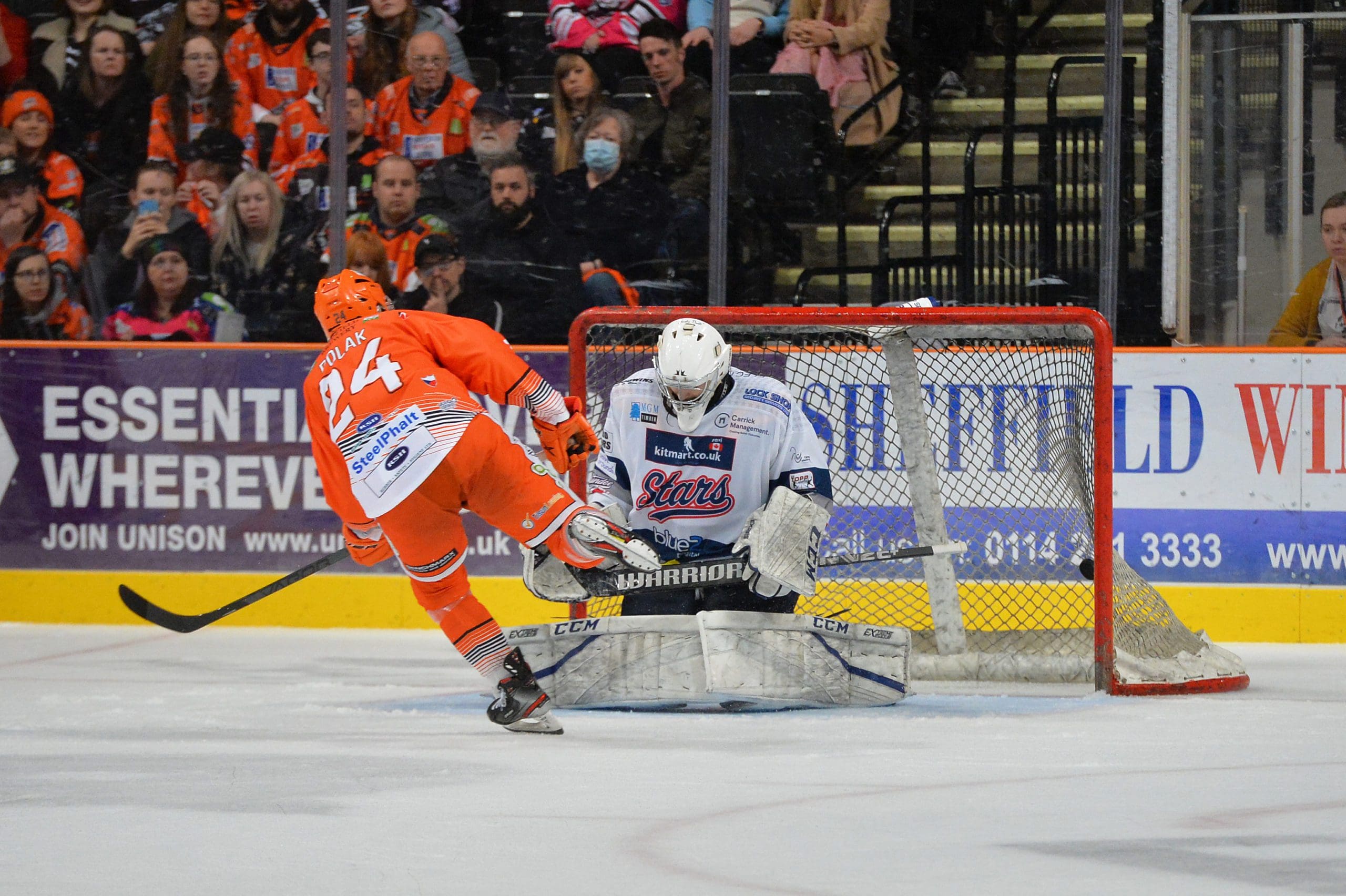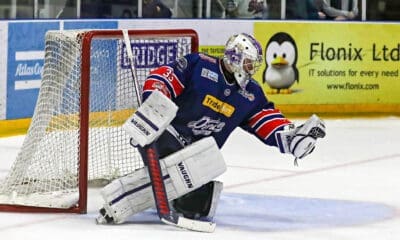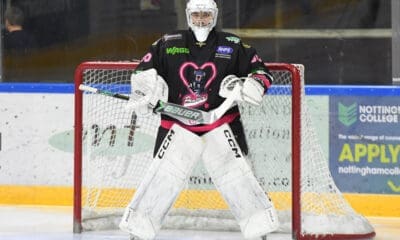The Elite League should be troubled by the increasing number of homegrown players who are turning their backs on professional sport in favour of roster spots in the highly-competitive NIHL National Division.
Driven by low pay and a lack of ice time, a decisive shift in the player market has set in, with clubs in the second division now able to prise top tier talent away from the Elite League.
Netminder Brython Preece is the latest player to follow the trend, swapping life as a member of the Dundee Stars for a move to the National Division’s Bees IHC.
Related: Solway Sharks ready to make waves in NIHL National Division
“I’m very excited to get started for the Bees,” said the 25-year-old. “When the opportunity came up it was an easy decision to make, I’ve heard nothing but good things about the club. I can’t wait for the season to be underway and help the Bees push for contention of the league trophies.”
Why is homegrown talent ditching the Elite League in 2023?
Regarded as one of the most promising homegrown goaltenders from these shores, Preece’s decision to join the Bees marks a significant shift in the hockey landscape and underlines the appeal of increased ice time in the National Division.
In fact, the equation is often quite simple for players like Preece.
Commit to an Elite League franchise where salaries are squeezed and ice time is limited or transfer to the National Division where there is more scope to combine an elevated on-ice role (and enhanced player development) with other professional and personal interests.
And that should raise serious questions about the opportunities available to ambitious homegrown players in the United Kingdom.
If this trend continues, will Team Great Britain head coach Pete Russell turn to National Division players?
With Preece and Jordan Hedley, ranked third and fourth on Team GB’s netminder depth chart, operating in the second division, how will the quality of homegrown goaltending in the Elite League be impacted?

Jordan Hedley, formerly of the Coventry Blaze (Image: Scott Wiggins)
Luke Ferrara’s return to the Peterborough Phantoms poses the same question in the forward department.
In other words, the Elite League could be headed for an awkward situation where the calibre of its imports improves while the standard of its homegrown talent dips – isn’t that counterproductive?
In an ideal world, the Elite League would recruit the best homegrown players available and play them alongside an ever-improving cast of imports. That way, the top tier would deliver the best possible ‘product’ to fans while maintaining the flow of talent to the national team.
Instead, the National Division has seized the moment, aced the homegrown recruitment market, and will deliver a fantastic season as a result.
The Elite League is the only loser here, allowing players like Preece, Ferrara, and Hedley to fall into the National Division is a mistake it will come to regret as the second tier goes from strength-to-strength in a newfound era of expansion.











